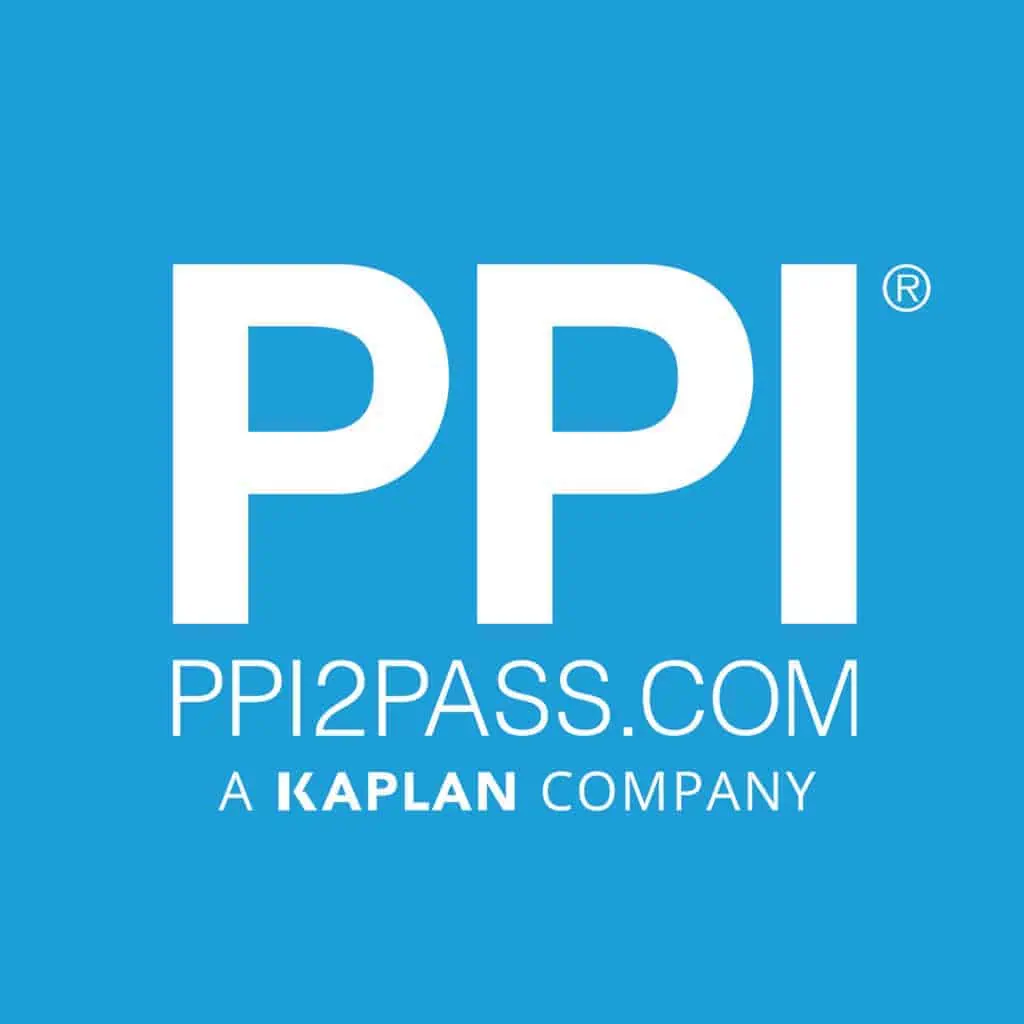In this episode, (and video above), I talk to Anton Saunders, PE, a Structural Engineer at Greenman-Pedersen Inc, located in Maitland, Florida, who recently obtained his PE license about how he used a three-phase process to prepare for the exam, and how to calm your nerves on exam day.
Here Are Some of the Questions I Ask Anton:
- Can you speak more to how having a Masters in Civil Engineering impacted the process of obtaining your license, particularly in regards to the amount of experience required?
- What was your experience like taking the Civil Structural PE exam, and did you face any unexpected challenges during the exam?
- What strategies did you use to prepare for the PE exam, particularly in regards to creating a study guide schedule?
- How did practice problems contribute to your preparation for the PE exam, and what role did they play in solidifying your understanding of the material?
- Are there any other strategies or tips that you would recommend when studying for the PE exam?
- How important is self care and prepping yourself the day before the PE exam?
- What additional tips do you have for managing nerves and staying focused during the PE exam itself, particularly on the day of the test?
- Do you have any final piece of advice for listeners that will be taking the PE exam in the near future?
Here Are Some of the Key Points Discussed in This Episode:
- Obtaining a Masters in Civil Engineering implies relinquishing 12 months of the practical experience required for acquiring the PE license.
- The Civil Structural PE exam proved to be one of the most challenging exams I ever had to take. The first forty questions posed were relatively straightforward and encompassed general aspects across various disciplines. However, the second portion was focused solely on Structural Engineering and proved to be exceptionally challenging.
- In preparation for the exam, I devoted two hours each evening towards studying while concurrently working. To stay on track, I created reminders on my phone to ensure I knew when to study and when to take breaks. It’s crucial to identify the most optimal time of the day for studying, schedule it accordingly, and remain consistent. Most of my study time consisted of doing practice problems, as it allowed me to better understand the theoretical concepts when applied in practical scenarios.
- Two weeks before the PE Exam, I simulated an actual test scenario by locking myself in a room for eight hours, equipped with my textbooks, the NCEES practice exam, a pencil, and a calculator. This experience instilled confidence in me and helped me in gaining more self-assurance before the exam.
- When contemplating taking the PE exam, I implemented a three-phase process. The first phase involved gathering information about the exam by speaking with professional engineers who had already taken it and by watching YouTube videos. The second phase entailed creating a comprehensive study guide and gathering the required manuals and books. The third and final stage involved studying and practicing by simulating exam day.
- I refrained from studying the day before the exam and utilized it as a mental health day to unwind and alleviate stress. I booked a hotel room only five minutes away from the exam location to avoid the stress of traffic, I woke up early the next morning, and had a wholesome breakfast.
- Another effective technique to alleviate exam nerves is to skip a challenging question if you don’t know the answer, and return to it once you’ve gained confidence by correctly answering other questions.
About Anton Saunders, PE
Anton Saunders is a Structural Engineer working at Greenman-Pedersen Inc, in Maitland, Florida. He recently obtained his Professional Engineering license on March 10th, 2023, with only 3 years of experience due to his Masters in Civil Engineering. He took the last pencil and paper exams that was offered for the Civil PE exams. During that time, candidates were allowed to take the exam before completing their required years of experience, a practice that still applies to some states. Anton is a committed engineer who strives for excellence in his profession.
This Episode Is Brought to You by PPI
PPI
I hope you found this article helpful. In upcoming articles, I will solve some more PE exam practice problems and answer other questions from our subscribers. Pass the PE Exam videos will publish weekly, so be sure to click the subscribe button so you don’t miss something that could make a substantial difference in your exam result.
Lastly, I encourage you to ask questions in the comments of this video or on this page, and I’ll read and respond to them in future videos. So, if there’s a specific topic you want me to cover or answer, we have you covered.
I’ll see you next week … on Pass the PE Exam.
Anthony Fasano, P.E.
Engineering Management Institute
Author of Engineer Your Own Success


Leave a Reply